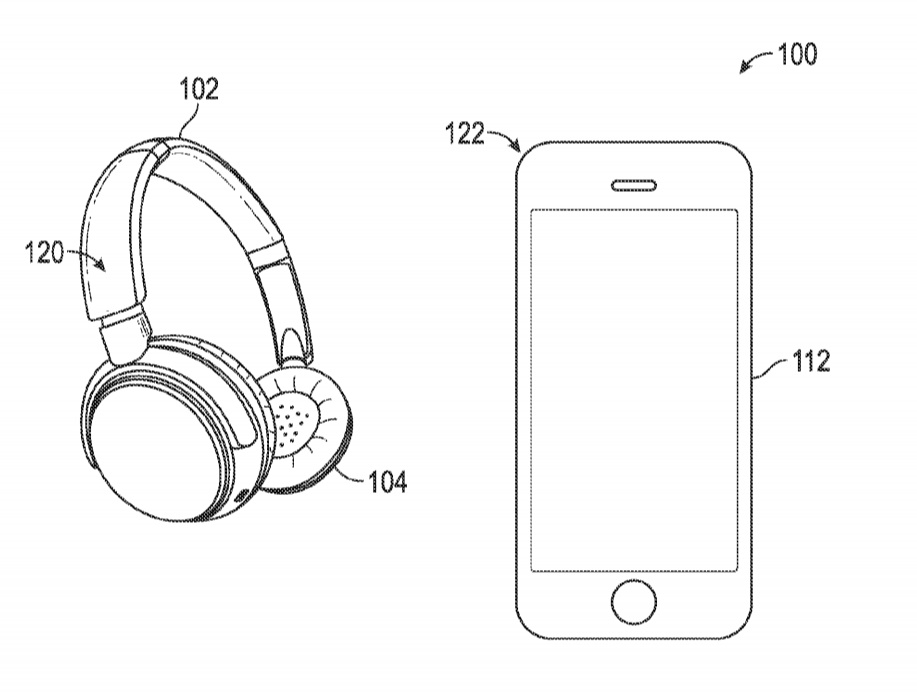Latest Apple patent confirms that the 3.5mm audio jack is on its way out
If it weren’t clear enough, Apple can’t wait to get rid of the 3.5mm audio jack.

The design of the audio jack, or “mini jack”, dates back to the 19th century, when it was first implemented in telephone switchboard, where operators would connect callers by physically plugging and unplugging phone connectors on large switchboard panels.
The audio jack is one of many inventions that predates the QUERTY keyboard, and it’s also one of the longest living inventions of the past two centuries.
Alas, Apple seems to be quite determined to finally bury the phone connector, and replace it with an invention of its own, as described in a recently published patent, called “Audio class-compliant charging accessories for wireless headphones and headsets“.
Word of Apple replacing the standard wired EarPods with wireless ones powered via a Lightning port, has been circulating for some time, and this latest patent design seems to corroborate the rumors, and suggest that future iOS devices will eventually support both wireless and wired Lightning-based audio accessories.
The patent also describes what seems to be a new Lightning-based connector that is capable of supporting a plurality of devices, allowing multiple users to listen to the same device, wirelessly, which is something that the Lightning port is already equipped to support.
The patent also describes a Lightning-based full headset, fitted with both a Lightning connector, and a wireless transceiver package. According to the patent, the headphone accessory would be able to connect to an iOS device wirelessly, or via Lightning cable, and be able to switch from a wireless to a wired connection without dropping the audio signal
This is a radical improvement over many wireless headphones setups, especially within the entry-level and mid-range market.
This design, while unclear on whether it will actually be made available to consumers, seems to have better chances to be turned into a real product than other patents, at least within a reasonable timeframe, as it represents a huge improvement over comparable audio products. Furthermore, the new design will require no modification to existing iOS devices, as it seems to be compatible with any iPhone and iPad fitted with a Lightning port.